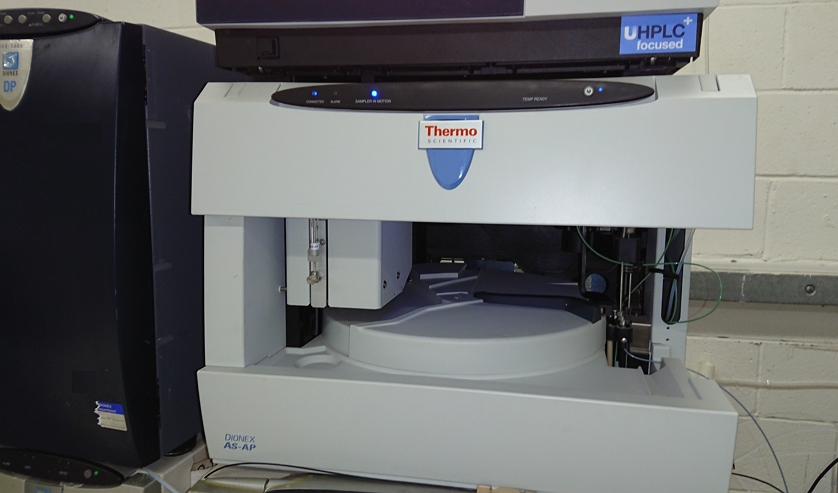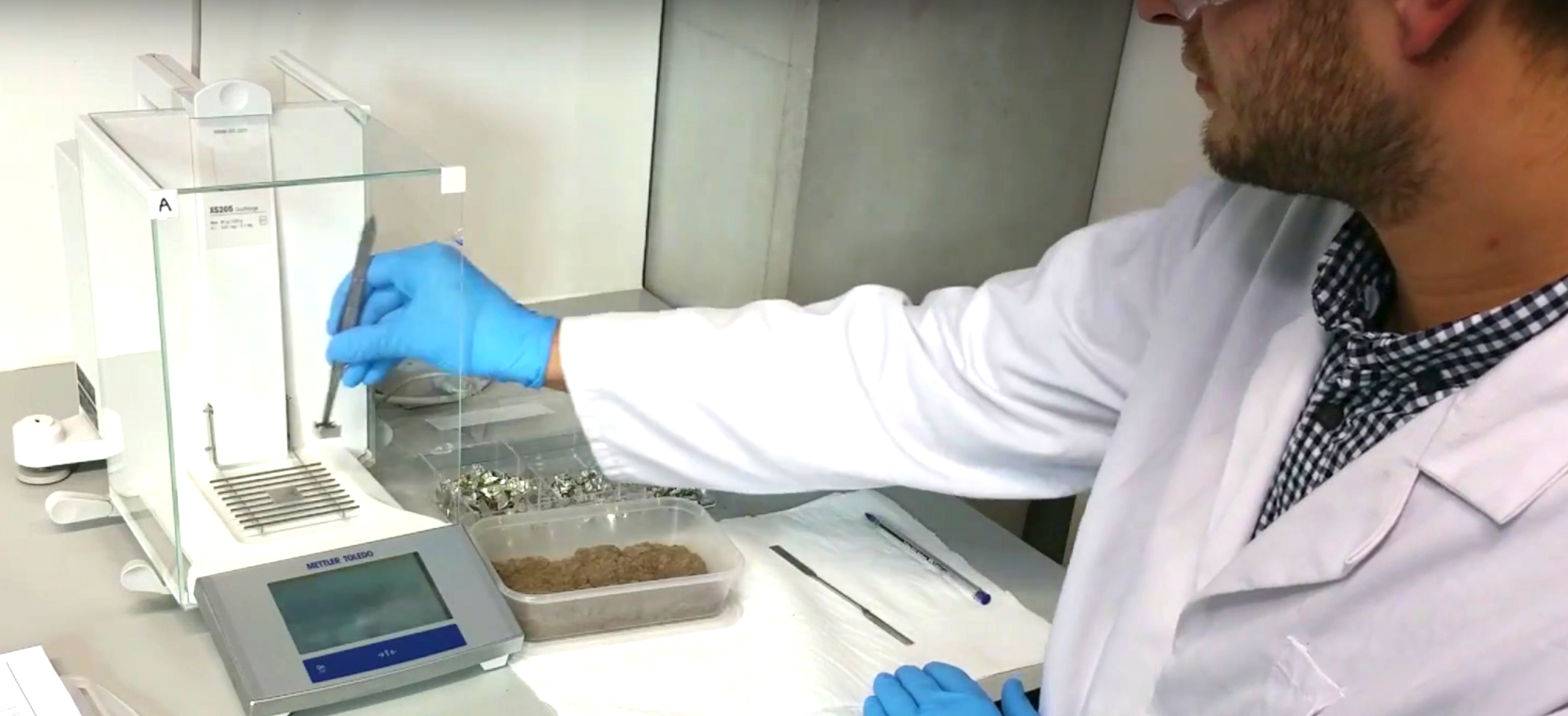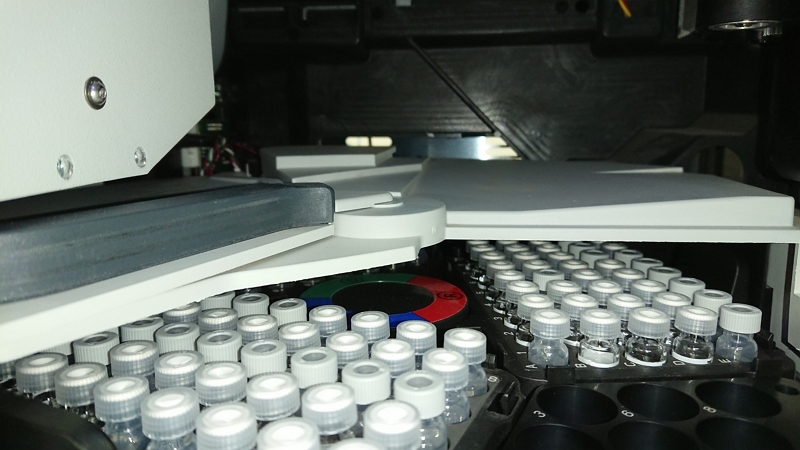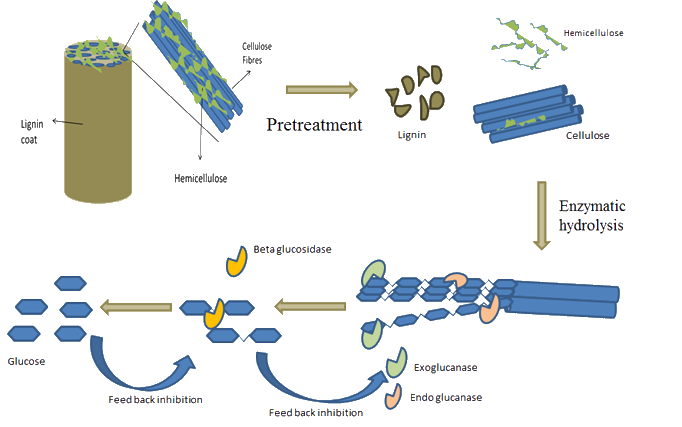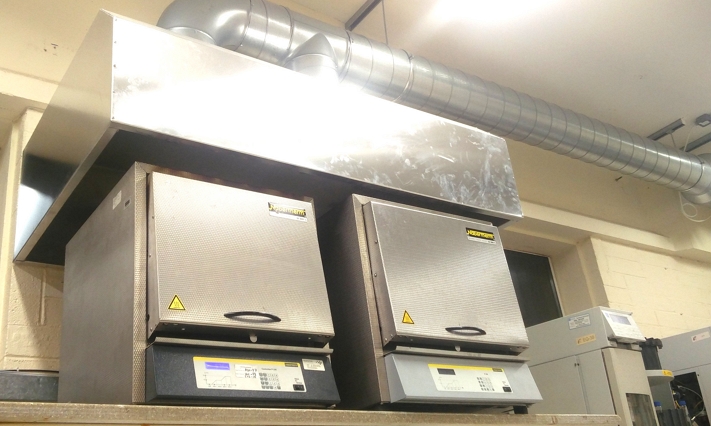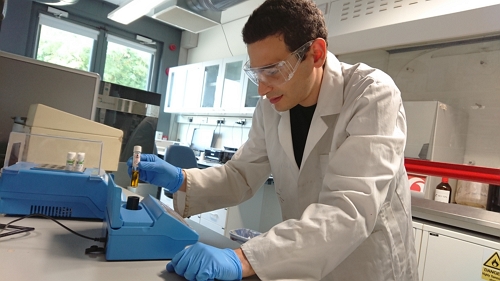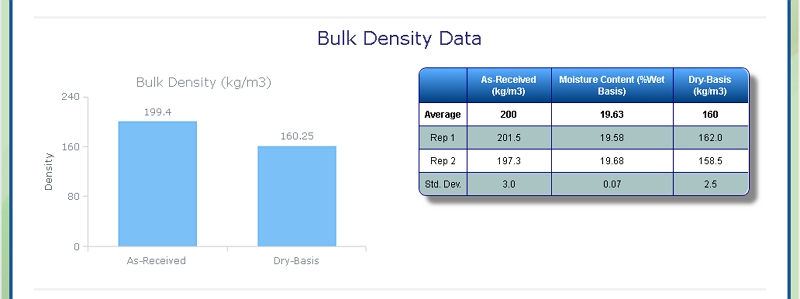Analysis of Reed Canary Grass
Background on Reed Canary Grass
The crop can be harvested in the late summer or there can be a delayed harvest in the spring. The relatively dry spring crop can easily be cut with normal equipment for hay harvesting. As with the harvest of all grasses, the cutting height should be as low as possible without causing soil and stone contamination. Pahkala (2001) showed that where RCG was cut at a height of 10cm, the resulting yield was 26%-29% lower than that from a cutting height of 5 cm.
There has been much research in Scandinavia on the use of reed canary grass for energy and fibre purposes. The crop is particularly suited for that region due to its toleration of cold climates and its ability to be grown on cut-away peat land.
Breeding programs that attempted to develop varieties for biofuel production were initiated in the early 1990s in Sweden and Finland.
Reed canary grass yields are often dependant on the soil; yields are much higher on soils with less than 15% of clay than on clay soils. The highest yields in a series of trials in Sweden were obtained on humus-rich soils; on average, over 8 harvest years, the yield was 9 tonnes of dry matter per hectare when harvested in autumn, and 7.5 tonnes of dry matter per hectare at spring harvest (Landstrom, 1999). As with Miscanthus, an autumn harvest yields more crop, with a greater proportion of leaves, but at a higher moisture content.
Fertilisation increases yields, but only up to a level of approximately 100 kg N/ha. On mineral soils more nitrogen fertilizer is likely to be required than for Miscanthus or switchgrass.
Christian and Riche (2000) grew reed canary grass over six years in Rothamstead, England. They found that the highest yield was obtained in the second year and that yields decreased as the crop matured further. It was uncertain as to whether these yield reductions were due to a loss of vitality, lodging problems, or damage caused by larvae.
An EU-funded study evaluated fifteen genotypes, including the commercial variety Palaton, with all populations harvested with a forage plot harvester in late summer/autumn and early spring (delayed harvest). The results were associated with the region of production, with the Irish plot and three from the UK labelled as Western Plots; associated with warm and wet climates. It was found that, for the highest yielding varieties, this region had greater production than either the northern or southern regions. The highest yielding western variety had a mean yield of 12.5 dry tonnes per hectare. Delaying the harvest resulted in yields dropping by between 2% and 37%, depending on the genotype. There was significant damage to RCG resulting from the larvae of the grass moth, Opomea, in the trials at Rothamstead, England. The stem to leaf proportion (by mass) was on average 75% stem in the spring harvest and 65% stem in autumn.
Analysis of Reed Canary Grass at Celignis
Celignis Analytical can determine the following properties of Reed Canary Grass samples:
Lignocellulosic Properties of Reed Canary Grass
Cellulose Content of Reed Canary Grass
Click here to see the Celignis Analysis Packages that determine Cellulose Content
Request a QuoteCellulose Content
Hemicellulose Content of Reed Canary Grass
Click here to see the Celignis Analysis Packages that determine Hemicellulose Content
Request a QuoteHemicellulose Content
Lignin Content of Reed Canary Grass
Click here to see the Celignis Analysis Packages that determine Lignin Content
Request a QuoteLignin Content
Starch Content of Reed Canary Grass
Click here to see the Celignis Analysis Packages that determine Starch Content
Request a QuoteStarch Content
Uronic Acid Content of Reed Canary Grass
Click here to see the Celignis Analysis Packages that determine Uronic Acid Content
Request a QuoteUronic Acid Content
Enzymatic Hydrolysis of Reed Canary Grass
Click here to see the Celignis Analysis Packages that determine Enzymatic Hydrolysis
Request a QuoteEnzymatic Hydrolysis
Bioenergy Properties of Reed Canary Grass
Ash Content of Reed Canary Grass
Click here to see the Celignis Analysis Packages that determine Ash Content
Request a QuoteAsh Content
Heating (Calorific) Value of Reed Canary Grass
Click here to see the Celignis Analysis Packages that determine Heating (Calorific) Value
Request a QuoteHeating (Calorific) Value
Ash Melting Behaviour of Reed Canary Grass
Ash Shrinkage Starting Temperature (SST) - This occurs when the area of the test piece of Reed Canary Grass ash falls below 95% of the original test piece area.
Ash Deformation Temperature (DT) - The temperature at which the first signs of rounding of the edges of the test piece occurs due to melting.
Ash Hemisphere Temperature (HT) - When the test piece of Reed Canary Grass ash forms a hemisphere (i.e. the height becomes equal to half the base diameter).
Ash Flow Temperature (FT) - The temperature at which the Reed Canary Grass ash is spread out over the supporting tile in a layer, the height of which is half of the test piece at the hemisphere temperature.
Click here to see the Celignis Analysis Packages that determine Ash Melting Behaviour
Request a QuoteAsh Melting Behaviour
Major and Minor Elements in Reed Canary Grass
We can also determine the levels of 13 different minor elements (such as arsenic, copper, and zinc) that may be present in Reed Canary Grass.
Click here to see the Celignis Analysis Packages that determine Major and Minor Elements
Request a QuoteMajor and Minor Elements
Analysis of Reed Canary Grass for Anaerobic Digestion
Biomethane potential (BMP) of Reed Canary Grass
At Celignis we can provide you with crucial data on feedstock suitability for AD as well as on the composition of process residues. For example, we can determine the biomethane potential (BMP) of Reed Canary Grass. The BMP can be considered to be the experimental theoretical maximum amount of methane produced from a feedstock. We moniotor the volume of biogas produced allowing for a cumulative plot over time, accessed via the Celignis Database. Our BMP packages also involve routine analysis of biogas composition (biomethane, carbon dioxide, hydrogen sulphide, ammonia, oxygen). We also provide detailed analysis of the digestate, the residue that remains after a sample has been digested. Our expertise in lignocellulosic analysis can allow for detailed insight regarding the fate of the different biogenic polymers during digestion.
Click here to see the Celignis Analysis Packages that determine BMP
Request a QuoteBMP
Physical Properties of Reed Canary Grass
Bulk Density of Reed Canary Grass
At Celignis we can determine the bulk density of biomass samples, including Reed Canary Grass, according to ISO standard 17828 (2015). This method requires the biomass to be in an appropriate form (chips or powder) for density determination.
Click here to see the Celignis Analysis Packages that determine Bulk Density
Request a QuoteBulk Density
Particle Size of Reed Canary Grass
Our lab is equipped with a Retsch AS 400 sieve shaker. It can accommodate sieves of up to 40 cm diameter, corresponding to a surface area of 1256 square centimetres. This allows us to determine the particle size distribution of a range of samples, including Reed Canary Grass, by following European Standard methods EN 15149- 1:2010 and EN 15149-2:2010.
Click here to see the Celignis Analysis Packages that determine Particle Size
Request a QuoteParticle Size
The processing of lignocellulosic materials in modern biorefineries will allow for the
production of transport fuels and platform chemicals that could replace petroleum-derived
products. However, there is a critical lack of relevant detailed compositional information
regarding feedstocks relevant to Ireland and Irish conditions. This research has involved the
collection, preparation, and the analysis, with a high level of precision and accuracy, of a
large number of biomass samples from the waste and agricultural sectors. Not all of the
waste materials analysed are considered suitable for biorefining; for example the total sugar
contents of spent mushroom composts are too low. However, the waste paper/cardboard
that is currently exported from Ireland has a chemical composition that could result in high
biorefinery yields and so could make a significant contribution to Ireland’s biofuel demands. | ||







